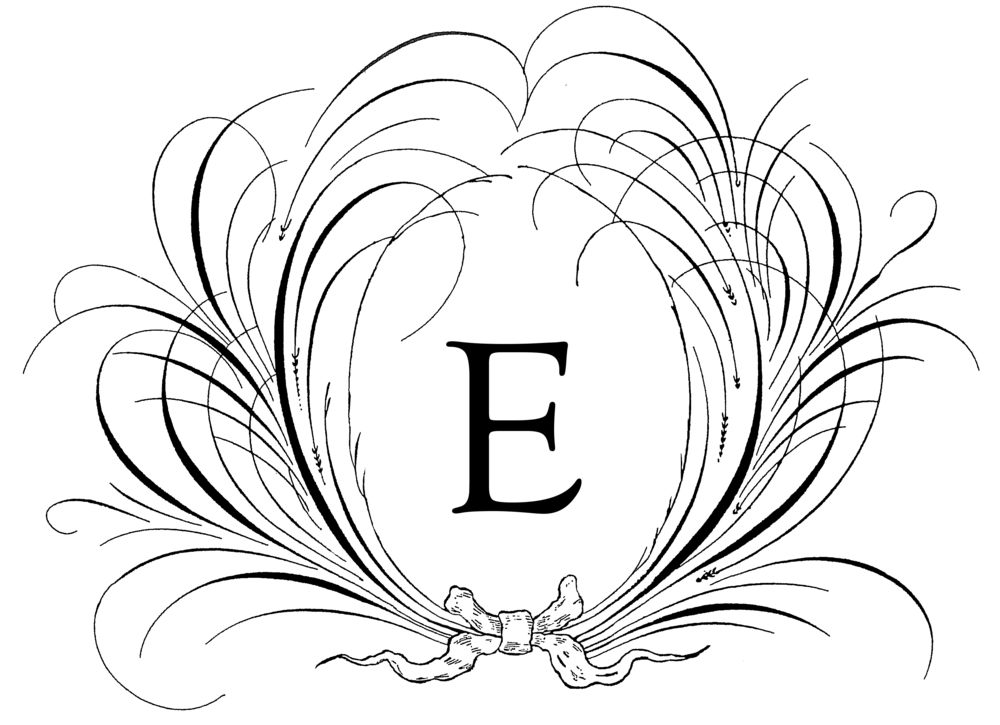Four days of sewing. What can you accomplish in four days?
The teens at the Fairfield Woods Branch Public Library accomplished an incredible amount in the their four days. Most began with no sewing experience at all and by the the end of four days they had received their driver's license from the library's sewing studio and sewn four projects: rice heating bag, round cuddle pillow (so cute & soft), pajama bottoms, and small zippered bag.
Many sewing techniques had been acquired to get to the point of being able to make these four projects. They had sewn straight seams, enforced faux serger seams, sewn with plaids, sewn with a napped fabric, hand sewn a button onto their pillows, sewed curves, clipped curves, sewn an elliptic casing, and then to finish they learned to sew a zipper. That is amazing in four short two hour days.
The most amazing part of this fourth day was the way they all soaked up the project instructions with needing very little guidance. They could see it!! That is such a big part of sewing - being able to see how it is all going to work together. It is a practical puzzle.
The zippered bags were made from repurposed blue jeans and men's dress shirts. The best! I love repurposing and these fabrics are a dream to work with - no slipping. We started out with 4 pieces of fabric that were 9 1/2" by 6 1/2" and we used a 1/2" seam allowance. The only cost involved was a 9", but the library had many of them donated and they purchased a roll of red zipper tape from eNasco. They are so economical when you need to buy in bulk. We also added an optional 1/4" red grosgrain ribbon for a zipper pull.
The construction of the bag is so simple and you can see the instructions at The Purl Bee. While the idea and method were my own, as with all the projects, but he pillow, I wanted some clear pictures with instructions to provide the library when I presented my proposal. The clear explanation with pictures at The Purl Bee are great, just what I wanted.
This bag is so versatile and can be used for so many things, but from what I heard from the teens, they will be using it as a pencil bag when they return to school.
How will you use your bag now that you can create so many at relatively no cost?

















